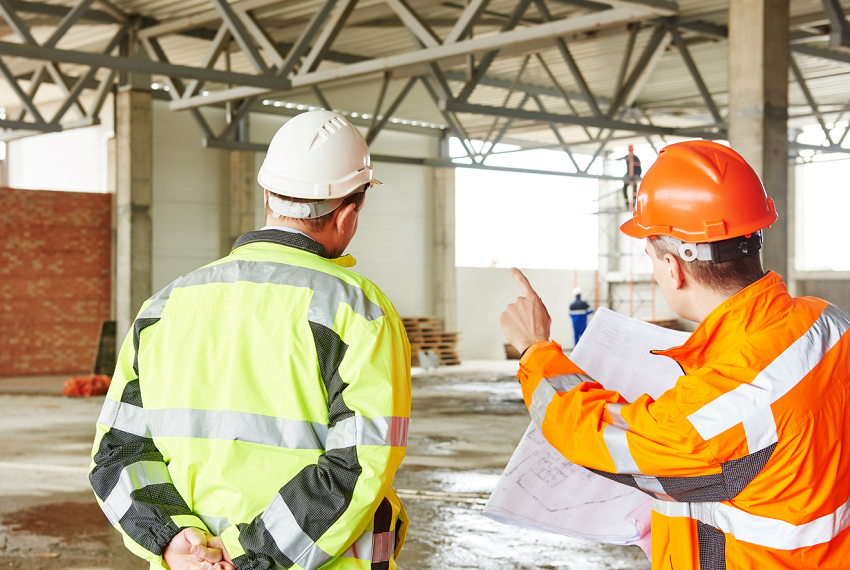The Occupational Safety Administration, OSHA, notes that in 2019, 5,333 workers died on the job. Of those fatalities, 20% of them happened at a construction site. The nature of the industry makes it more vulnerable, with crews using lots of equipment and working from extreme heights and weak areas.
Companies must review their current practices and recognize potential troubles to reduce injury and loss. By understanding the most widespread issues, construction organizations may protect people.
What Are the Most Common Construction Site Hazards?
Although OSHA boasts numerous standards and regulations to safeguard workers, mistakes occur. Sometimes it’s from a failure to follow policies, and other times it’s a result of human error or equipment malfunction. Because one can never tell what or when something may go awry, it’s essential to remain vigilant while on a construction site.
Furthermore, the crew should recognize the most common problems, striving to avoid them as much as possible. The following are the most typical reasons people get hurt:
- They suffer a shock from an electrical malfunction.
- They fall from a ladder or other height.
- They slip on or trip over surface obstacles.
- They fail to use the equipment correctly.
- They endure a trench collapse.
- They are hit by a moving vehicle.
- They receive exposure to an airborne chemical.
How Can Companies Minimize Potential Harm?
Groups cannot prevent all accidents from happening; things do go wrong unexpectedly and without warning. Unfortunately, that’s part of life. However, proactive measures could limit these situations and allow team members to react quickly and appropriately to mitigate the physical and financial injury.
Keep your equipment in check. Don’t wait for something to break to look at it. Instead, remain vigilant about assessing devices. You don’t want a crane to suddenly malfunction, putting an employee in harm’s way. Thwart this potential threat by allowing experts in crane repairs Savannah to service and examine machinery routinely, spotting issues early.
Focus on culture by showing respect for others and a sincere desire to keep everyone protected. Discuss safety protocols with all staff, emphasizing the importance of behaving on the scene and how to handle the equipment. Review how to work with emergency procedures and invest in durable, high-quality protective gear.
Concentrate on clear communication among team members. If someone is operating a significant piece of machinery, others should know. If a possible danger exists, let others know and explain how to avoid risk.
Construction crews are essential, creating structures for the community’s needs. However, their job site isn’t free of peril. People must understand what could go wrong and what to do in those circumstances.




